Machu Picchu: the monument and the mystery
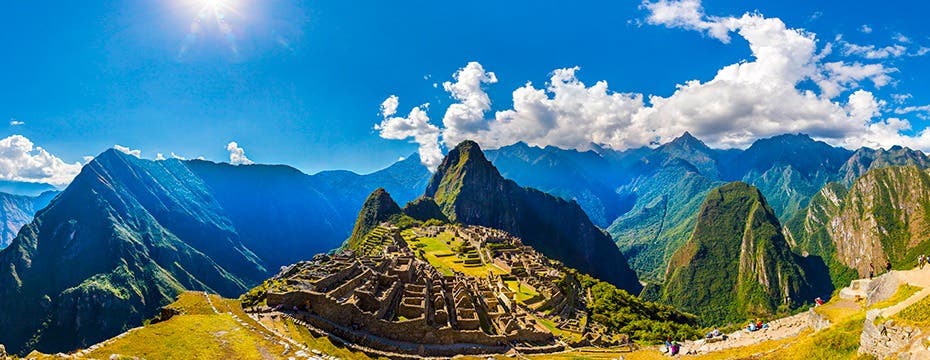
A destination that a multitude of people describe as being on their ‘Bucket List’, Machu Picchu is one of the most popular and desirable places to visit for all intrepid travellers. Perhaps surprisingly, though, most people know little about the history and significance of this ancient monument, apart from its Incan heritage. By unearthing a few of the many secrets that Machu Picchu possesses, travellers might find their visit an even more moving experience.
On the most part, Machu Picchu was unknown to anyone outside of the immediate vicinity of the local farming villages until the humid summer of 1911, when American archaeologist, Hiram Bingham, discovered and consequently shared this secret of the Incas. Led by the locals, whose later generations would stamp the sides of their Machu Picchu tourist buses with Bingham’s name, the archaeologist found what he dubbed The Lost City of the Incas and excavated the site for signs of the truth behind its curious history. Bingham later published a book outlining his theories on the history of Machu Picchu, igniting the desire in travellers all over the world to complete the journey to Peru for a glimpse of the mystery.
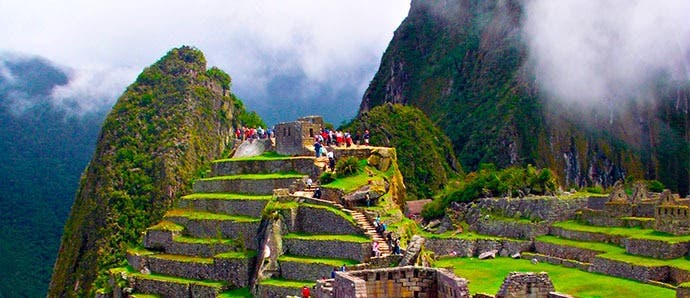
The monument is predicted to have been built in 1450, at the height of the Inca Empire during the 15th and 16th centuries. One of the more curious mysteries of Machu Picchu is that it is suspected that the site was abandoned by the Incas just 100 years after its construction and this is what has sparked such enthusiastic debate about the original purpose of the monument.
One interesting theory suggests that Machu Picchu may have served as a ‘panaca’; a royal retreat for Inca kings during the stifling summer months, when the altitude of the monuments location provided a cool haven. The structure of the monument reveals a three-class functionality, with different buildings appropriate for housing both royalty, nobles and servants. Furthermore a 16th century Spanish conquistador document, uncovered by historians, refers to a royal palace called ‘picchu’, although in the South American indigenous Quechua language, ‘picchu’ means ‘peak’, therefore the document may have been referring to a different mountain top ‘panaca’.
Many visitors describe Machu Picchu as a spiritual place, which leads nicely into a different theory, that proposes that the monument was built to serve a spiritual purpose and was an important site for religious ceremonies during the Inca Empire. The Incas worshipped the sun, due to its life-giving powers, and curiously the monument and its buildings are in alignment with spiritually significant mountains that frame, perfectly, sun rises and sunsets during equinoxes and solstices, important events for Inca society.
The height of the monument makes it seem likely that the structure was important to the Incas, and was built at such a height for a valuable reason. One theory suggests that Machu Picchu was the final stop on a difficult pilgrimage that the Inca people took which began in Cuzco and culminated at the peak of the monument. Whether the site was built for this sole purpose or not is difficult to imagine, but a further intriguing idea is that the site itself is a scaled down replica of a landscape described in the Inca religion.
Today, as hundreds of thousands of visitors tread their way across the monument it retains its magical feel, as many travellers repeatedly describe the experience of their visit as a spiritual one. Machu Picchu’s importance has been officially recognised as it is a UNESCO World Heritage site and was named one of the 7 New Wonders of the world in 2007. The breath-taking views and scenery amongst the towering mountains are the backdrop of many iconic travel photos and the Peruvian government works hard to protect the ruins from erosion with constant conservation measures. Hopefully the charm of Machu Picchu will not diminish any time soon and as you think back to the mysterious Inca Empire that constructed this wonder, it’s impossible not to include it in your own bucket list.
Discover Machu Picchu with our Empire of the Incas or Colonial Capitals & Sacred Monuments tour.

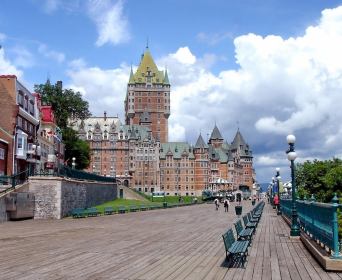
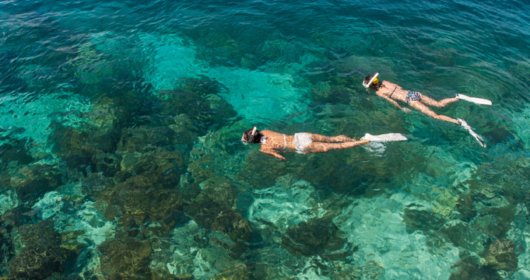

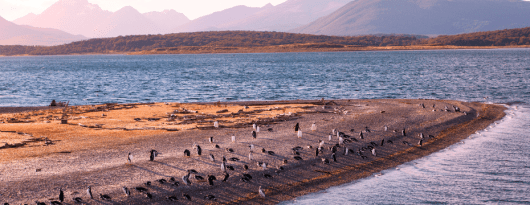
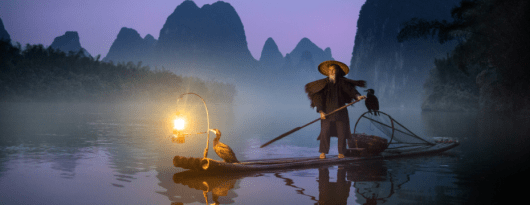
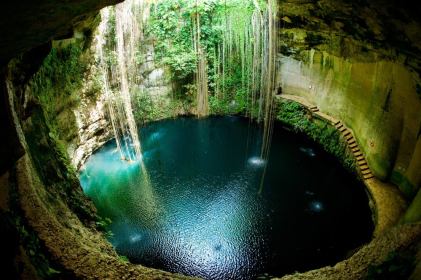
1 Comment to Machu Picchu: the monument and the mystery